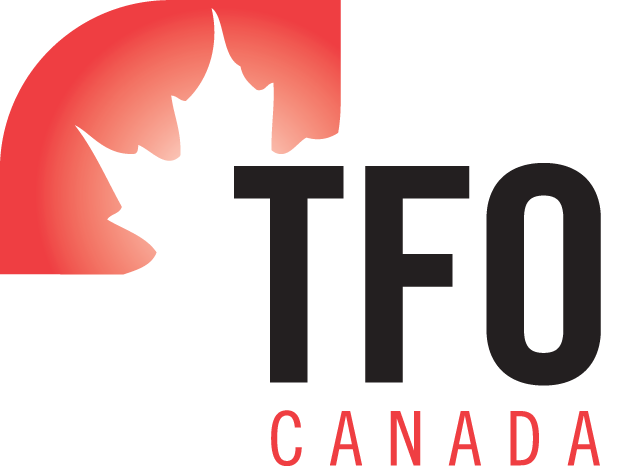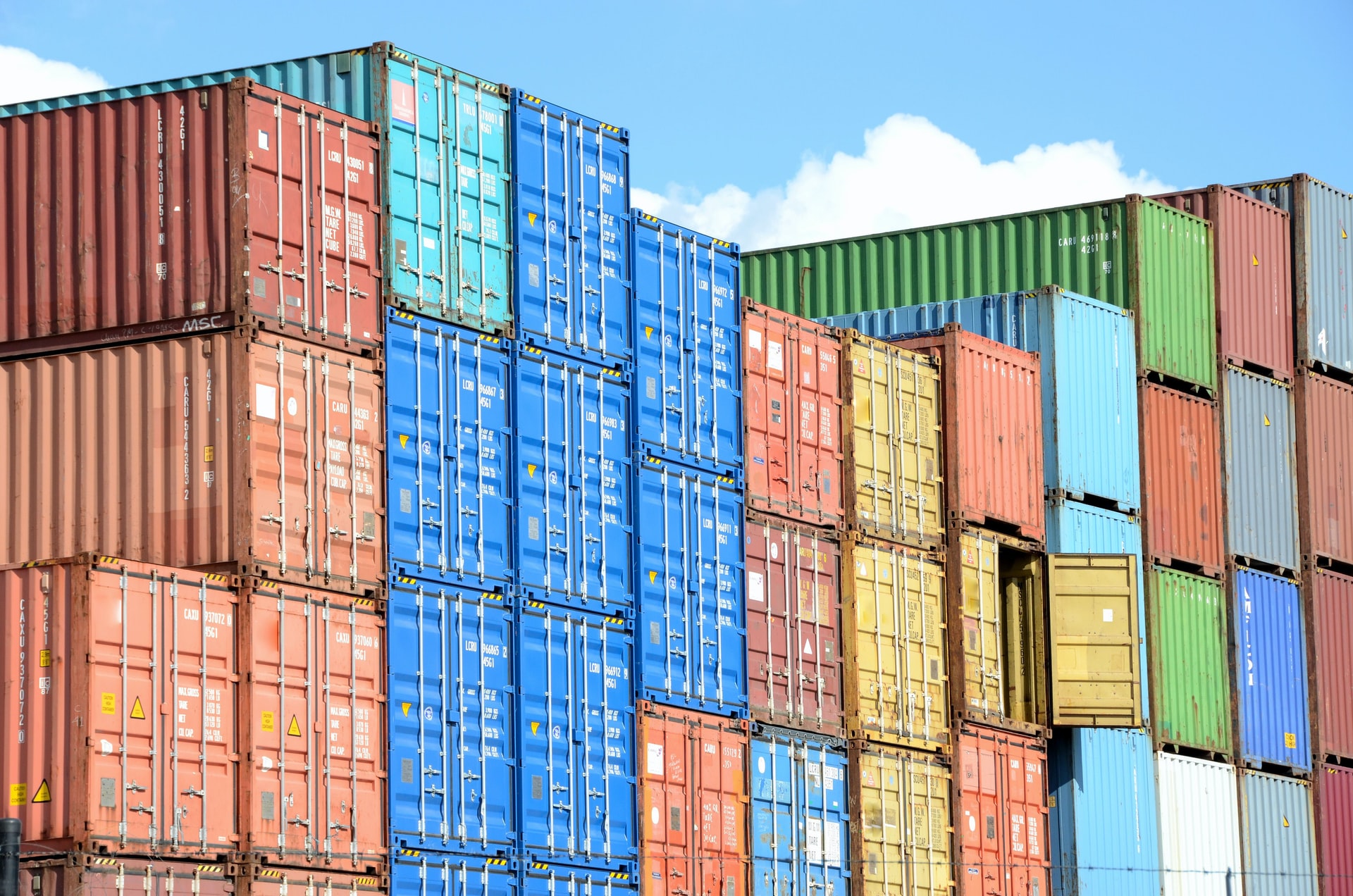EXPORTS INTO CANADA
All products entering Canada must be reported to the Canada Border Services Agency (CBSA), the federal agency responsible for compliance with Canada’s borders legislation. This is usually done at the point of entry by a customs broker representing the importer, or by the importer in person. Generally, the goods are released immediately upon presentation of the minimum required documentation. Within a few days either the importer or the broker must present the final customs documents and pay any duties and taxes owing.
In addition to tariffs, the federal government imposes a 5% percent Goods and Services Tax (GST) on almost all goods and services sold in Canada. Only food sold in grocery stores, medical and dental services, and a few others are exempt. All imports are subject to the GST, which is paid by the importer when the product enters Canada. In addition to the GST, federal excise taxes are imposed on certain goods sold in Canada, e.g., jewellery, tobacco products, alcoholic beverages and gasoline. Imports of these are subject to a duty equivalent to the regular customs duty plus the excise duty imposed on similar Canadian manufactured products. A provincial retail sales tax is also collected by retailers in most areas upon the final sale of goods and some services to the customer. While they affect the retail price, these sales taxes are never levied directly on imports.
To facilitate the clearance of goods, exporters must ensure that the documentation provided to importers is timely and complete. CBSA can assist in determining the duties the importer has to pay on the goods. The importer, using information from the supplier, must provide a thorough description of the goods, including the Harmonized System Code, and know their value and origin. CBSA can then provide advice on the appropriate valuation method, tariff classification and tariff treatment.
Tariff Rates
The rate at which duties are assessed depends on the tariff treatment given by Canada to the country from which imports originate. The tariff treatment can be affected by the origin of raw materials and components, and includes the Most Favoured Nation Tariff (MFN) for all members of the World Trade Organization (WTO) and countries enjoying bilateral agreements with Canada; the Commonwealth Caribbean Countries Tariff; the Least Developed Country Tariff (LDCT); preferential tariff treatment under various free trade agreements; and the General Preferential Tariff (GPT) for countries not covered by any other category. Specific information can be obtained from CBSA at www.cbsa-asfc.gc.ca/import/accountingintro-e.html#P305_26310, where additional details can be found on:
tariffs applied to specific products by country of origin;
country of origin marking rules and certificates of origin;
regulations relating to free trade agreements;
rules of origin relating to Most Favoured Nation Tariff (MFN), General Preferential Tariff (GPT), Least Developed Country Tariff (LDCT), CARIBCAN; and
Other import documentation requirements.
Under the Customs Act, the primary basis of determining the value for duty of imports is the transaction value, i.e., the price paid or payable for the goods, usually as specified in the invoice. In the case of a transaction between related parties, this transaction value is accepted unless CBSA believe that the relationship between the parties has affected the price of the import. Discounts earned at the time the goods enter Canada can be deducted from the transaction value prior to calculating duty. If the transaction value method cannot be applied, consideration can be given under one of five subsidiary methods. Further information may be obtained through the importer or the CBSA website.
Some countries are eligible for more than one tariff treatment. For example, all countries entitled to the LDCT treatment must be beneficiaries of the GPT. It should be noted that not all goods exported to Canada from developing countries are eligible for LDCT or GPT treatment. The LDCT provides duty free access to all products imported to Canada from LDCs (least developed countries) except supply-managed agricultural products in the dairy, poultry and egg sectors. The GPT covers most products but again excludes supply-managed agricultural products (such as dairy, poultry and eggs), as well as refined sugar, and most textiles, apparel and footwear. Three quarters of covered products enter Canada duty free; the rest are subject to tariff rates that are less than the MFN rates.
Note: For background information on the LDC tariff measures in Canada, please see discussion further below and go to: http://www.dfait-maeci.gc.ca/tna-nac/ldc_back2-en.asp
Finding Tariff Rates in Canada
You will find tariff rates for the Canadian market at the Most Recent Customs Tariff section of the Canadian Border Services Agency (www.cbsa-asfc.gc.ca) website. Proceed as follows:
1) To see your country’s tariff treatment go to (scroll down) and click on “List of Countries and Applicable Tariff Treatments”. This code will be used to identify what tariff is applied to the specific product in Step 2.
2) To view you’re the tariff applied to your specific product, scroll down to the “Sections and Chapters of the Harmonized System”
A. Scroll down the page and click on the product category of interest (at this point, products are at HS 2-Code Level).
B. View the tariff treatment by finding the HS Code for your product or, if not known, by identifying your specific product by the description provided.
C. View the applied tariff on the right according to your country’s tariff treatment designation (i.e. MFN, GPT, etc.)
Rules of Origin
Exporters must satisfy legal requirements respecting rules of origin, certification of origin and direct shipment. For textiles and apparel, the government of the beneficiary country must also sign a Memorandum of Understanding with the Government of Canada. This allows CBSA to collect details on shipments entering Canada under this initiative.
To qualify for entry under GPT rates, an imported good must be exported by an eligible country and be accompanied by a ‘Form A’ Certificate of Origin certified by a designated organization in the country of origin. It must also be shipped directly to Canada on a through bill of lading to a consignee in Canada. If the imported good passes in transit through an intermediate country, eligibility for GPT treatment is lost if the good undergoes any processing in that country or if it does not remain under customs transit control there. GPT eligibility is denied unless most (60%) of the value of the good is produced by the industry of one or more beneficiary countries. It is worth noting that Canadian content used in the manufacture of the goods qualifies as content from the beneficiary country. Also, materials used in the production of the goods from any beneficiary country (including those other than the source country) that enter the commerce of any country other than a GPT beneficiary country lose their GPT status.
All imports determined to have originated in an LDC are granted duty-free, quota-free status except for dairy, poultry and egg products, which are subject to duties and quotas. Goods are considered to originate in an LDC if their local input (value of materials, parts or products originating in the LDC and used in the manufacture of the goods) is no less than 40% of the Ex-factory price of the goods as packed for shipment to Canada. Up to 20% of the Ex-factory price of the good (i.e. half of the 40% required) can be from GPT eligible countries. Specific rules of origin exist for apparel and textile goods.
Also, on January 1, 2005 the Government of Canada implemented the WTO 1994 Agreement on Textiles and Clothing, thereby removing quotas on imports of apparel and some textiles from low-wage countries. Additionally, the tariff reductions of WTO’s GATT 1994 were completed over the period January 1, 1995 to December 31, 2004, reducing the average tariff for textiles from 17% to 10.5%, and for apparel from 24% to 18%.
For more information regarding Rules of Origin for GPT and LDCT access into Canada, please visit: http://cbsa-asfc.gc.ca/E/pub/cm/d11-4-4/README.html
Regarding Canadian Market Access in general, please visit: http://www.dfait-maeci.gc.ca/tna-nac/ds/other-trade-en.asp and for other information specific to documentation for entry into Canada, visit http://cbsa-asfc.gc.ca/import/accountingintro-e.html#P305_26310
Remedies and Penalties
Canada’s Special Import Measures Act regulates the application of countervailing duties on imported goods that cause injury to Canadian industry through subsidies in the country of origin. Anti-dumping duties may also be assessed if goods are imported at prices that are less than their selling price in the country of origin. This conforms to the rules governing dumping, subsidies and countervailing duties outlined in the WTO Anti-dumping Agreement and the WTO Agreement on Subsidies and Countervailing Measures.
Trade disputes between Canada and other countries may be settled under relevant arbitration panels such as the International Chamber of Commerce (www.iccwbo.org), or others constituted under the WTO and NAFTA. Importers may also appeal to the Canadian International Trade Tribunal, an independent, quasi-judicial tribunal that, among other duties, reviews disputes between importers and the CBSA.
Only the Federal Government may impose duties on goods and services entering Canada; provincial governments are constitutionally prohibited from doing so.

